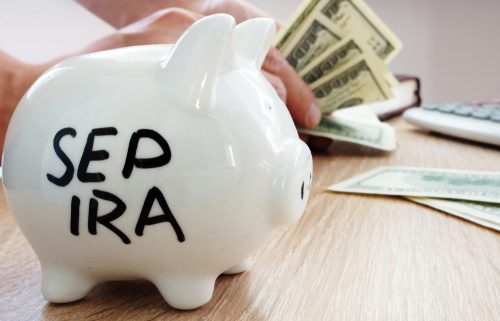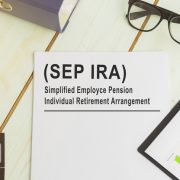Learn These Three Things About a Self-Directed SEP IRA Before Getting Started
When you take on a Self-Directed IRA into your portfolio, you’re also taking on some degree of responsibility. For many investors, that’s just fine by them—they want the additional responsibility because they know that with that responsibility comes the freedom to make their own investment decisions. But that doesn’t mean it’s always a good idea to jump into the first account type you see before you know which one might be best for you.
Case in point: the Self-Directed SEP IRA. This tool is incredibly valuable for the right kind of investor. But are you the kind of investor who qualifies for a Self-Directed SEP IRA? Here are three things you’ll want to learn about this retirement tool before you get started.
Key #1: The Self-Directed SEP IRA includes tax-deductible contributions.
This contrasts with a Self-Directed Roth IRA, which would not use tax-deductible contributions. Why the difference? It all matters to how the IRA is structured. In a Roth IRA, you can sacrifice your short-term gains (paying more taxes on your income) in exchange for potentially less taxes down the line, when it comes time to take money out of the retirement account. However, for some people, it may be preferable to opt for a solution that creates tax deductions now, especially if they’re anticipating having less money in retirement than they’re currently earning.
With a Self-Directed SEP IRA, you’ll make tax-deductible contributions to the account. This means that you will be able to deduct valid contributions to the IRA for the short-term and pay taxes on it when you pull it out of the account during retirement. Remember that this also adds the necessity of pulling out a “Required Minimum Distribution” from the account once you reach the RMD age.
Key #2: Self-Directed SEP IRAs are simple.
One reason that so many sole proprietors, independent contractors, or self-employed individuals use a SEP IRA is that they’re so simple. This means lower start-up and operating costs, which is more appropriate for a very small business—even a business of one person. You can also choose whether or not you make the contributions every year, which is especially important for people who need that sort of flexibility, such as independent contractors with variable incomes. On the whole, a SEP IRA is easy to start, easy to maintain, and is easy to make contributions to, which in turn simplifies your retirement planning.
Key #3: Employers must contribute equally for all eligible employees.
This is language right out of the IRS website, where you’ll find more details about how these work. A SEP IRA is technically created for a company’s employees; it’s just that many with SEP IRAs are the only person working at that company. However, if you do have employees, you will have to make equal contributions, which may limit your options for future expansion, at least in the short term. It’s not a dealbreaker for most, but it is something to be aware of as you go about financially planning for a potential new employee, especially if this is your first hire.
These three keys to Self-Directed SEP IRAs tell part of the story, but they’re nowhere near representing the full story. If you want to know the range of options you have when investing with a Self-Directed IRA, it helps to do even more research. Interested in learning more about Self-Directed IRAs? Contact American IRA, LLC at 866-7500-IRA (472) for a free consultation. Download our free guides or visit us online at www.AmericanIRA.com.











